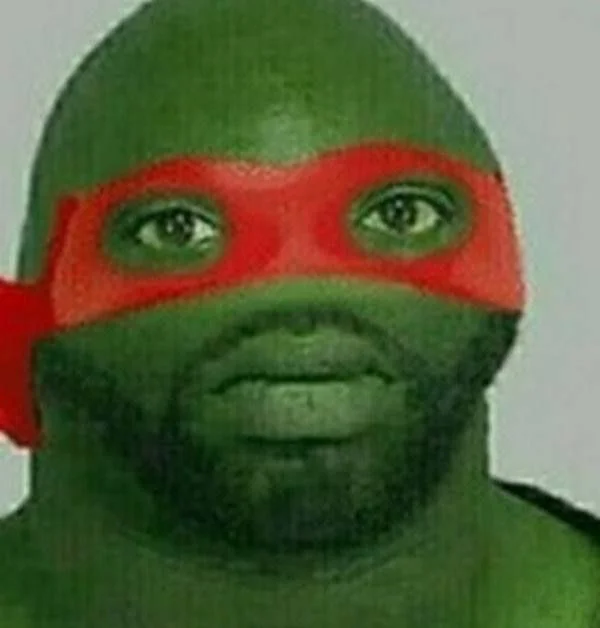In the vast and ever-evolving landscape of internet culture, few phenomena have captured the collective imagination quite like dank memes and cursed images. These digital artifacts, often bizarre and absurd, have become staples of online communities, spawning countless discussions, debates, and even academic inquiries. But what exactly are dank memes and cursed images, and what is the allure that keeps us coming back for more?

Defining the Terms
Before delving deeper into the intricacies of dank memes and cursed images, it’s essential to establish what these terms mean. Dank memes refer to internet memes that are intentionally bizarre or absurd, often characterized by obscure references, surreal imagery, and an irreverent sense of humor. The term “dank” originally meant “unpleasantly damp or moist,” but in the context of memes, it has evolved to signify something of high quality or unique value within internet subcultures.
On the other hand, cursed images are a distinct subset of internet content that evoke feelings of unease, discomfort, or outright horror. These images typically feature strange, unsettling, or inexplicable subject matter, often defying conventional aesthetic standards. The “cursed” label implies a sense of supernatural or malevolent influence, as if the image itself carries a curse that can affect those who view it.
The Rise of Dank Memes
The origins of dank memes can be traced back to the early days of internet forums and imageboards, where users engaged in a form of digital one-upmanship to create the most bizarre and outlandish content possible. Over time, dank memes proliferated across various online platforms, including social media sites like Reddit, Twitter, and Instagram, where they found fertile ground for further dissemination and remixing.
One of the defining characteristics of dank memes is their inherent absurdity. Whether it’s a surreal mashup of pop culture references, a nonsensical catchphrase repeated ad nauseam, or a deliberately low-quality image edited beyond recognition, dank memes thrive on pushing the boundaries of humor and taste. In many ways, they serve as a form of cultural commentary, reflecting the absurdity of contemporary life in the digital age.
The Allure of Cursed Images
In contrast to the often lighthearted tone of dank memes, cursed images tap into a darker, more unsettling vein of internet culture. These images challenge our perceptions of reality and aesthetics, forcing us to confront the uncanny and the grotesque in unexpected ways. From poorly executed Photoshop jobs to inexplicable scenes captured on camera, cursed images blur the line between the mundane and the macabre.
Part of the fascination with cursed images lies in their ability to evoke a visceral response from viewers. Whether it’s a feeling of unease, disgust, or morbid curiosity, cursed images have a way of sticking with us long after we’ve looked away. This psychological impact is compounded by the often ambiguous nature of the images themselves, leaving viewers to speculate about their origins and meaning.
The Cultural Significance
Beyond their entertainment value, dank memes and cursed images hold a mirror up to society, reflecting our collective anxieties, obsessions, and absurdities. They serve as a form of cultural shorthand, allowing internet users to communicate complex ideas and emotions in a succinct and accessible manner. In this sense, memes and cursed images function as a kind of digital folklore, passed down from one generation of internet users to the next, constantly evolving and adapting to changing cultural norms.
Moreover, dank memes and cursed images have become a fertile ground for artistic expression and experimentation. Countless artists and creators have drawn inspiration from internet culture, incorporating elements of memes and cursed imagery into their work to explore themes of identity, technology, and the human condition. From digital collages to multimedia installations, the influence of Internet culture can be seen across a wide range of artistic disciplines.
The Future of Internet Culture
As we continue to navigate the ever-expanding landscape of the digital realm, dank memes, and cursed images are likely to remain fixtures of internet culture for the foreseeable future. Their ability to capture the zeitgeist and spark conversation ensures that they will continue to play a central role in shaping online discourse and community dynamics.
However, as with any cultural phenomenon, it’s essential to approach dank memes and cursed images with a critical eye. While they can provide moments of levity and connection in an increasingly fragmented world, they also have the potential to perpetuate harmful stereotypes, spread misinformation, and reinforce negative behaviors. As responsible digital citizens, it’s incumbent upon us to engage with internet culture thoughtfully and ethically, recognizing both its potential for creativity and its pitfalls.
In conclusion, dank memes and cursed images represent two sides of the same coin, embodying the chaotic and multifaceted nature of internet culture. Whether we find ourselves laughing at the absurdity of a dank meme or recoiling in horror at a cursed image, these digital artifacts serve as reminders of the boundless creativity and unpredictability of the online world. As we continue to explore the depths of internet culture, let us embrace the weird, the wonderful, and the downright bizarre, knowing that therein lies the true essence of digital expression.
